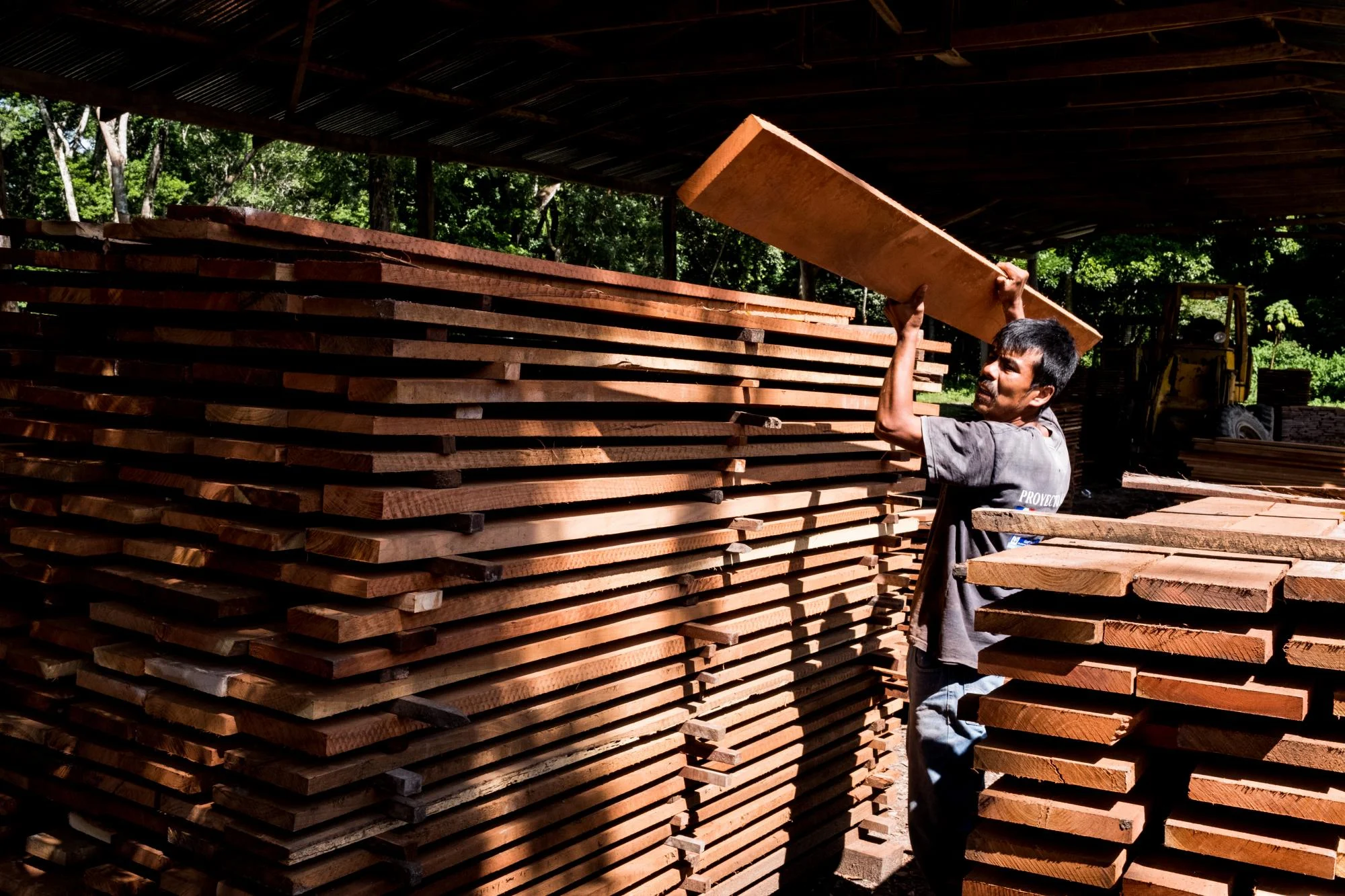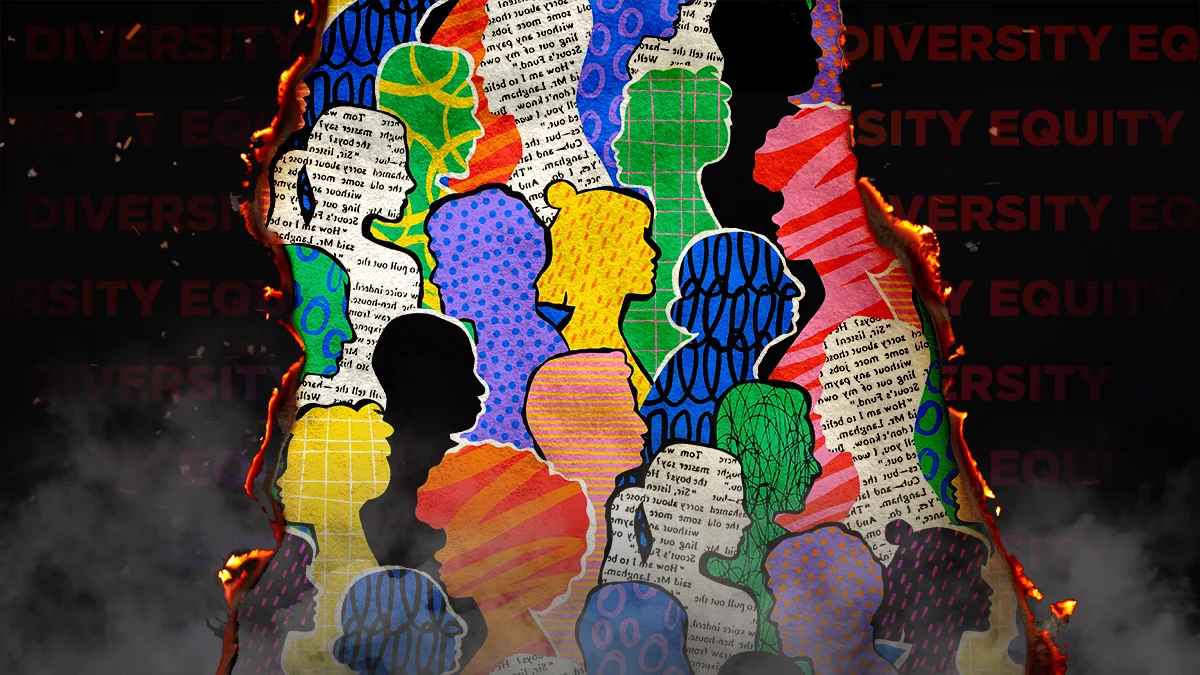Copyright yahoo

Durable, renewable and biodegradable, wood is an ideal material for everything from furniture to cutting boards. And as we grapple with the aftermath of synthetic materials, such as forever chemicals and microplastics, the humble material growing in our literal backyards is suddenly looking pretty appealing again. But how do you know it wasn’t clearcut from a rainforest? Figuring out logging practices, deforestation policies, impact on wildlife, pesticide use, and impact on indigenous communities “can be really challenging”, said Linda Walker, the director of corporate engagement for forests at the World Wildlife Federation, who has worked on sustainability issues in woodlands around the world. “You as an individual consumer can’t figure all that stuff out if you’re walking down the grocery store or retail store aisle,” Walker added. That’s where certifications come in. A growing number of wood industry certifications are designed to guide consumers to sustainably and ethically producing wood products. They’re not perfect. Some have rules written by big timber. Almost all of them receive payments from companies seeking certifications. There is no seal that encompasses every issue, but don’t let perfect be the enemy of good – even the most flawed badges have some baseline value. After consulting experts, we’ve developed this guide to decoding what they really mean, ranked from “better than nothing” to the very best. Best of green forestry standards Forest Stewardship Council (FSC) With the FSC seal, “you’re getting assurance that sustainability has been measured – it’s authentic,” said Paul Vanderford, wood markets director for Sustainable Northwest, a firm that consults on industry sustainability. Vanderford, a former FSC board member, and others pointed to FSC’s “on-the-ground requirements” and guidance that promote longterm forest health and vitality. For example, the maximum average clearcut limit is 40 acres (16 hectares) or fewer, and at least 30% of the trees in a clearcut must remain. FSC prohibits or limits the clearing of high carbon old growth, some late successional (mature), and primary forests. When replanting, FSC-certified producers must use native species, though it doesn’t require a healthy mix of species. The seal restricts the use of some dangerous pesticides, and requires loggers to work with indigenous communities. The auditing process to ensure producers are following these guidelines is rigorous and independent. Groups such as unions, producers and major environmental non-profits, including Sierra Club and Natural Resources Defense Council, vote on the standards that entities must meet for certification. FSC funding largely comes from certificants, or grants. Bottom line: FSC is among the most comprehensive and widely used standards, and its good far outweighs its shortcomings. You can generally trust it. Living Product Challenge The Living Product Challenge, related to the better-known Living Building Challenge, is probably the most thorough certification out there. Its encompassing program dictates robust environmental standards in seven “petals”, or areas, including equity, energy use, water use, design, co-existence with the environment, the promotion of psychological well-being, and responsible and safe material use. The LPC certification database includes a range of home and building wood products, from doors to flooring to insulation to furniture. Products either have the Living Product Challenge or the Red List Free seals. The latter certifies goods that don’t contain common toxic chemicals, such as phthalates, lead or Pfas. Either seal is quite useful. Bottom line: The Living Product Challenge seal is the most thorough certification on the market, and you can buy its products with confidence. You might encounter the Greenguard seal on furniture, flooring and building materials, among other everyday products across the economy. The certification tells consumers that the product meets “low” emissions standards for more than 350 volatile organic compounds (VOCs) including formaldehyde and benzene, which are potentially harmful chemicals that may be emitted from consumer products. The products must be tested using a reliable methodology established by California regulators. There is a bit of uncertainty because Greenguard’s limits are not based on health standards and there is not much to compare it with. Greenguard measures VOC levels at the source of emission, which makes them impossible to compare with general standards for indoor air quality. And VOCs represent only a limited number of toxic chemicals. Still, there is value in knowing that a company is meeting some limits. “Greenguard is a reputable third-party certification, but it’s important to understand its limitations,” said Tasha Stoiber, a senior scientist with the Environmental Working Group non-profit. Bottom line: The Greenguard seal is useful because VOCs are common in consumer goods, but don’t take it to mean a product is entirely nontoxic. The Greenguard “Gold” seal meets stricter limits. Better than nothing Sustainable Forestry Initiative (SFI) Founded and funded by big timber, SFI is the most contentious badge on this list. First, the positive: Vanderford notes that a SFI seal generally suggests the forest from which the tree used to make a product will be replanted in some form. It likely will not be converted to a soybean farm or some other non-forest use. Now the negative. The wording in SFI’s standards guide seems at first glance to indicate protective and solid rules, and in some cases does. But upon closer scrutiny there are some real problems and ambiguity, such as the large size of clearcuts that SFI certifies – a maximum average of 120 acres, which is roughly equivalent to 90 football fields. The seal does not include requirements that producers save a percentage of trees in a clearcut beyond the law’s feeble demands. SFI policies around clearing old-growth, primary and successional forests are vague and in some cases merely suggestions. In a 2022 legal complaint alleging greenwashing, critics contended that the policy is full of loopholes that allow SFI-certified companies to cut down these precious forests in a way that deceives consumers. Meanwhile, SFI-certified producers have been accused of illegally logging. The list of pesticides SFI prohibits is shorter than that of the FSC, and it only suggests consultation with indigenous people. Bottom line: The SFI seal tells you that a forest will probably be replanted in some form, but there is too much uncertainty to feel confident on most meaningful issues. Appalachian Hardwood Verified Sustainable/Appalachian Verified Legal The sustainable seal tells you the product is made of solid wood harvested from one of 344 Appalachian counties from northern Alabama to western New York. The location is in part important because Appalachia has the ideal terroir for producing high-quality hardwood. And producers with the seal are allegedly expanding tree stocks by more than 6bn board ft annually. However, Walker noted the certifications are given by an industry trade group, which raises suspicions. There are some important details missing in the policy – the seals do not include requirements about the diversity of the replanted trees, meaning certified producers could be converting it into unnatural tree plantations with very few species that do not offer all the benefits of a natural forest. They could also be clearcutting the side of a steep slope, which can cause slides and flooding. And there is little in the way of requirements for pesticide use or engaging indigenous populations. Related: What we’re loving in October: seaweed sweaters, nano chargers and perfect pantry jars Bottom line: The Appalachian Hardwood Verified Sustainable seal tells you that the wood is of a certain quality, and the forest probably will not be converted into another use. Beyond that, it doesn’t tell you much. The Appalachian Legal seal tells you that the wood was cut from a legal forest, and nothing more. Programme for the Endorsement of Forest Certification The PEFC seal can be found on everything from a bucket of KFC fried chicken to notebooks to toilet paper. It doesn’t certify companies’ forest practices but instead essentially certifies the certifications. Its members are largely national standard developers, and PEFC aims to affirm the rigor and credibility of their rules and systems. Critics point out that it certifies SFI, which is largely a flawed certification. Moreover, the value in a certification of the certifiers is questionable. Bottom line on the PEFC seal: Functionally it tells you that the product is coming from a forest that will likely be replanted and not converted into another use, like a farm. Beyond that, it tells you very little. Tom Perkins is a freelance reporter who writes about food, the environment and politics for a range of outlets, including the Guardian



